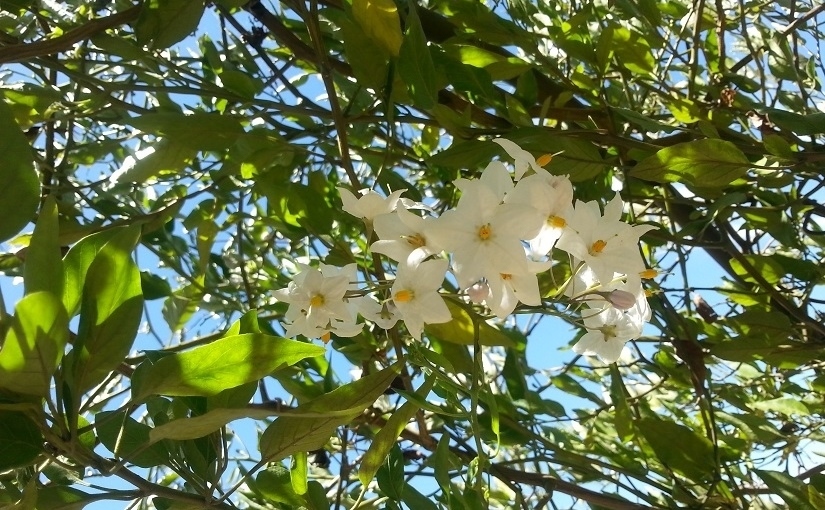Some things in life seem quite vast, quite interconnected, and quite hard to pin down. One of those, in my eyes, is the question of art and its relationship to nature or, in a broader sense, to reality itself.
Looking at the origins of the term “aesthetic”, it appears to have arisen out of a sense of ‘the perceptible’ before shifting to a newer meaning of ‘being concerned with beauty’. Which seems interesting: that perception led to a sense of the beautiful.
Because clearly artists, poets and others have been drawn to nature and what it offers us: the truth of light, colour, and form; the added meaning of composition, gesture, balance, and transformation. In many ways, nature can be seen to have given us an understanding and appreciation of beauty through our collective efforts to capture and create meaning out of it. The natural world may indeed be our teacher in that respect.
As humans, it seems we look to our environment to find meaning – meaning, identity, belonging, and a sense of our place in reality. The way art seemingly arose very early on in human society surely suggests our representation of what we saw and what mattered to us has pretty much always been a part of our existence (see Notes One).
Which is what I find intriguing: how culture arose alongside our relationship to the world; the way our mind sought to match and fathom it; the path art walks alongside human civilisations. In recent years our connections to nature may’ve become less tangible, particularly in the West; but historically it’s had a hugely significant influence on our lives. This relationship is, in a way, what life’s all about (Notes Two).
Some of the more poignant examples of that come from the Romantics and the ways they sought to express the path to modernity through art, poetry and related pursuits. The metaphor of nature standing well against the emerging individualism and social progress of the time, as we effectively began distancing ourselves from it in both thought and practice.
And maybe this is why modern life can seem so dark: because we’ve distanced ourselves from our place in nature and lost ourselves in thought. So much of life now seems abstract, detached, the spinning of ideas but the lack of meaning. In life and art we seem to have lost that connection (Notes Three).
It’s fairly easy to take photos, create images and forge a visual brand out of our personal slant on life. The world’s now full of so much that it’s hard to know true beauty within it all. And nature itself seems to be showing us the consequences of our actions, painting quite a bleak picture of where we now find ourselves.
So while nature offers us beauty, maybe it also shows us where it’s lacking. Maybe these things reflect the paths we’ve taken and the risks we’re running. All of which seems fundamentally important in terms of the meaning we’re giving to life.
Notes and References:
Note 1: The value of art in society
Note 1: How well does art relate to life?
Note 2: Natural World
Note 2: Living the dream
Note 2: Gardening as therapy, the light
Note 3: Community – what it was, what we lost
Note 3: What makes a good life
“Ecological Intelligence” picks up many of these ideas around environment, meaning and also poetry.







